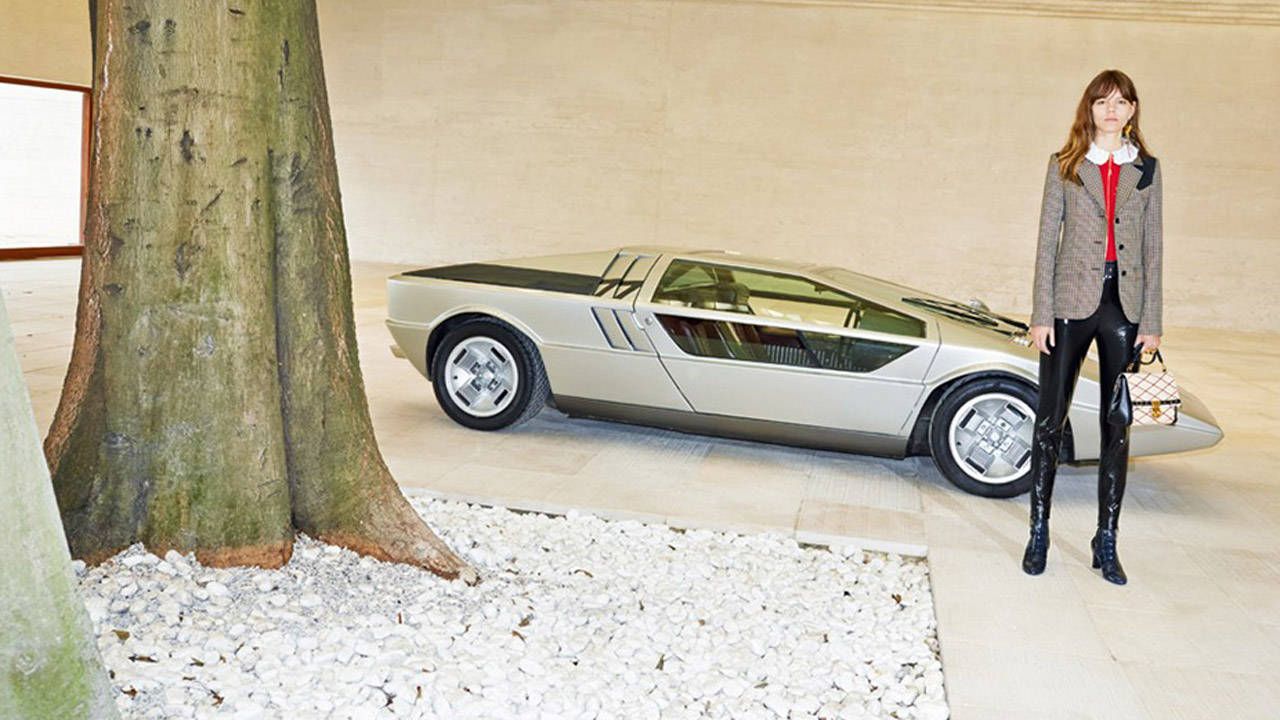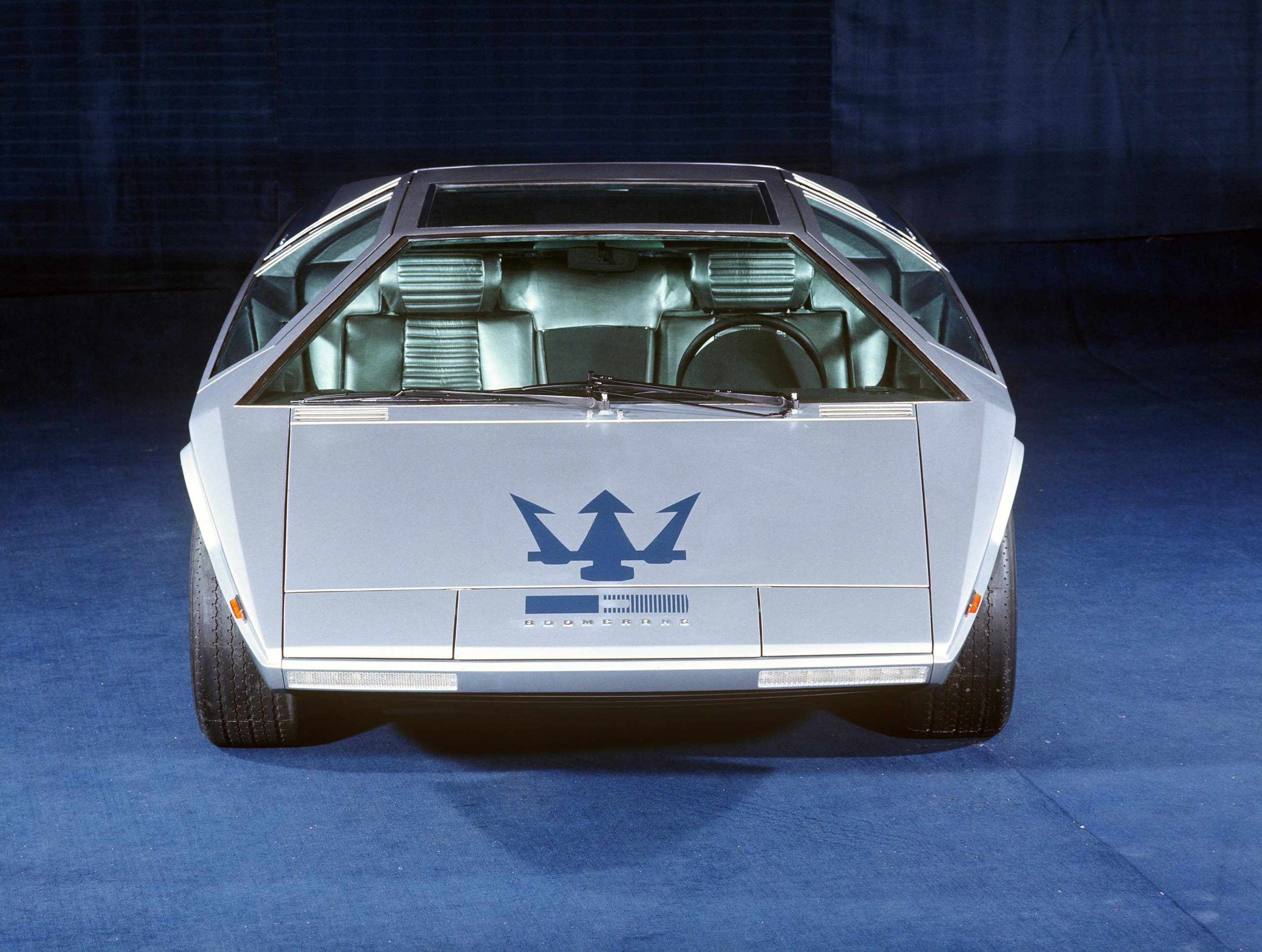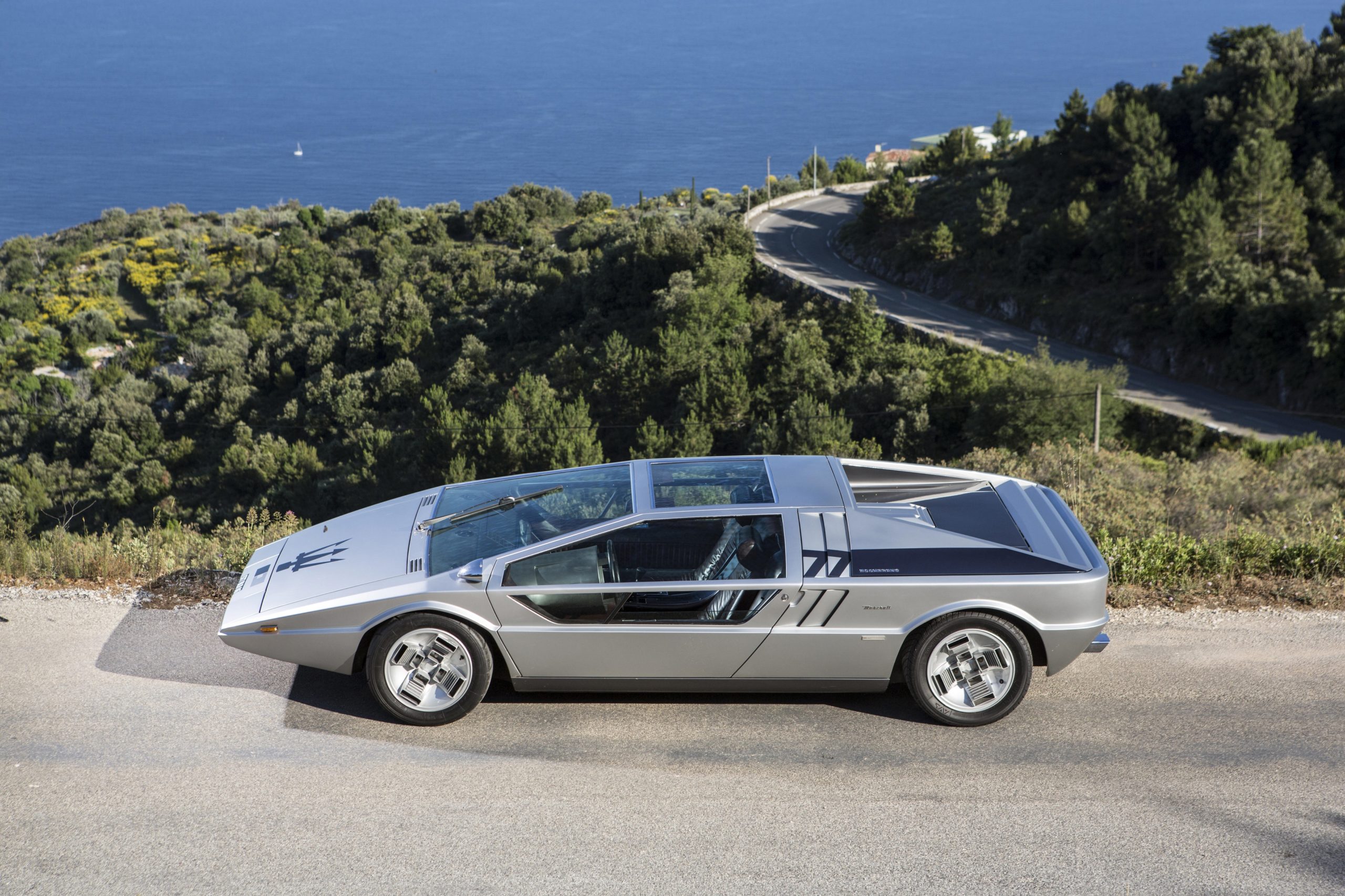Photo credit: Bonhams, Maserati, Wheelsage
In 1971, Maserati, which had been acquired by Citroën in 1968 after the Orsi family relinquished control, presented the Bora, its first series production mid-engine model, powered by a 4,700cc V8 engine, with simple and elegant lines penned by Giorgetto Giugiaro. In the same year at the Turin Motor Show and using the underlying mechanics of the Bora, a 1:1 scale non-functional concept car again designed by Giorgetto Giugiaro was presented – a design so revolutionary it influenced not only the style of all the subsequent creations of the trident, but also several other projects of the famous designer. Its name was the Maserati Boomerang.
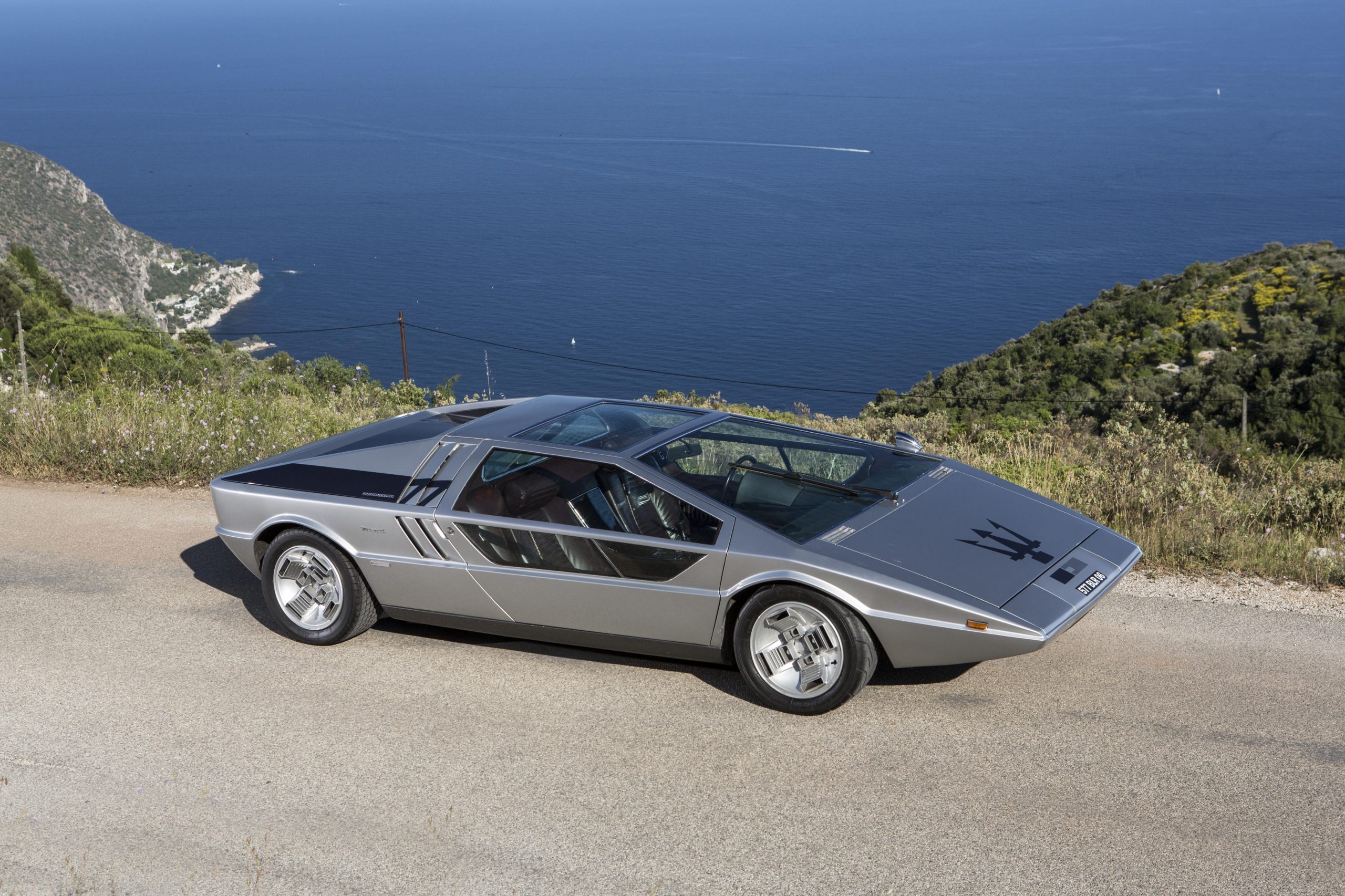
After a few months, the car was built maintaining the strong innovative concepts, such as the new wedge shape design, the square lines, the futuristic sharp corners of the doors and the glass roof that made the cabin extremely light and airy. The interior was just as revolutionary, with an unprecedented solution for the steering wheel that grouped the steering column and the controls into a single element that was also designed to accommodate the first airbags in history.
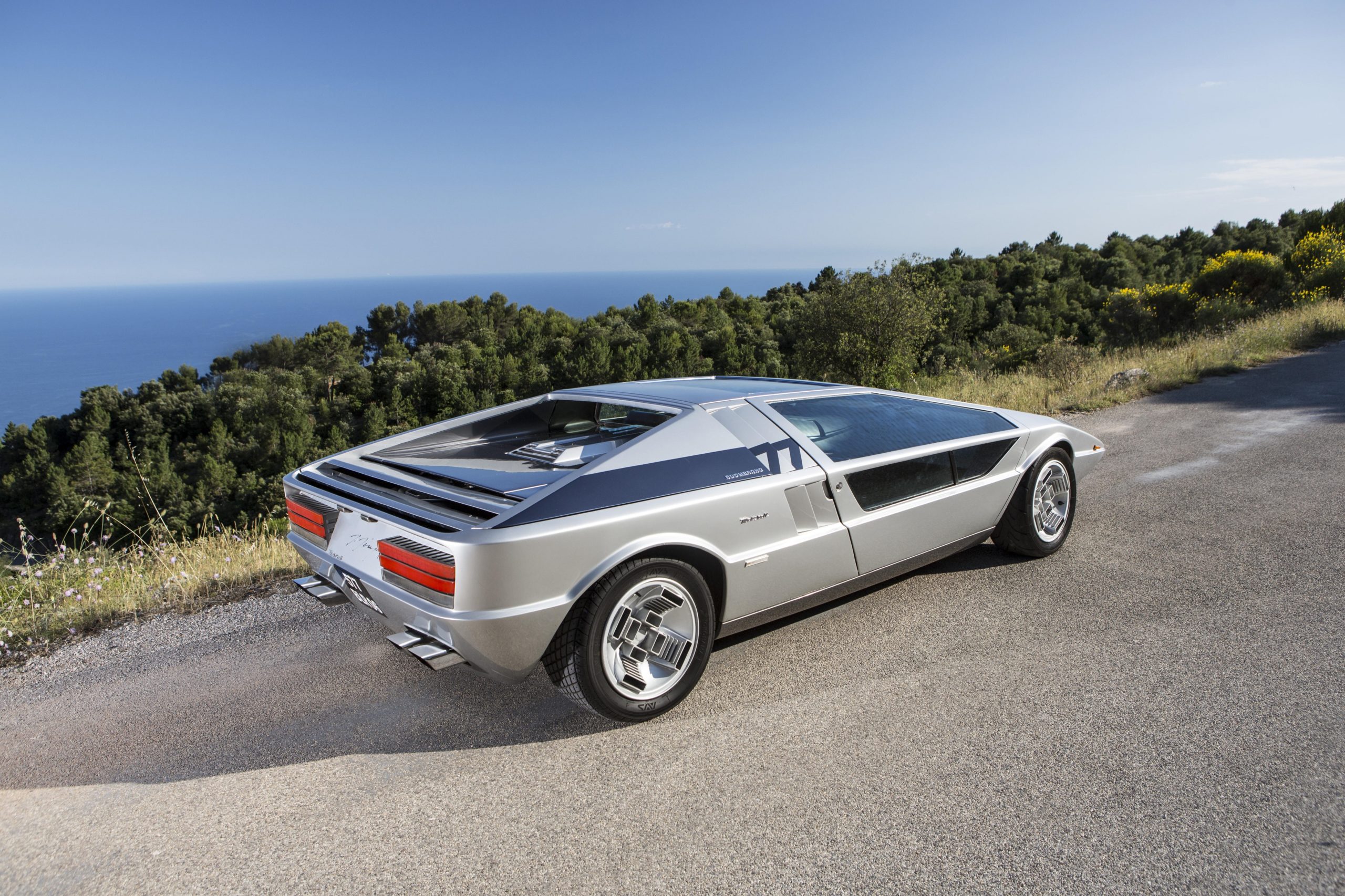
The engine was straight out of the Bora, with 310 horsepower capable of pushing the super-aerodynamic Boomerang to 300 km/h. What seemed like a bright future for Maserati, however, was cruelly interrupted by the oil and financial crisis that followed the armed conflict between Israel and a coalition of Arab states led by Egypt and Syria, known as the Yom Kippur War.
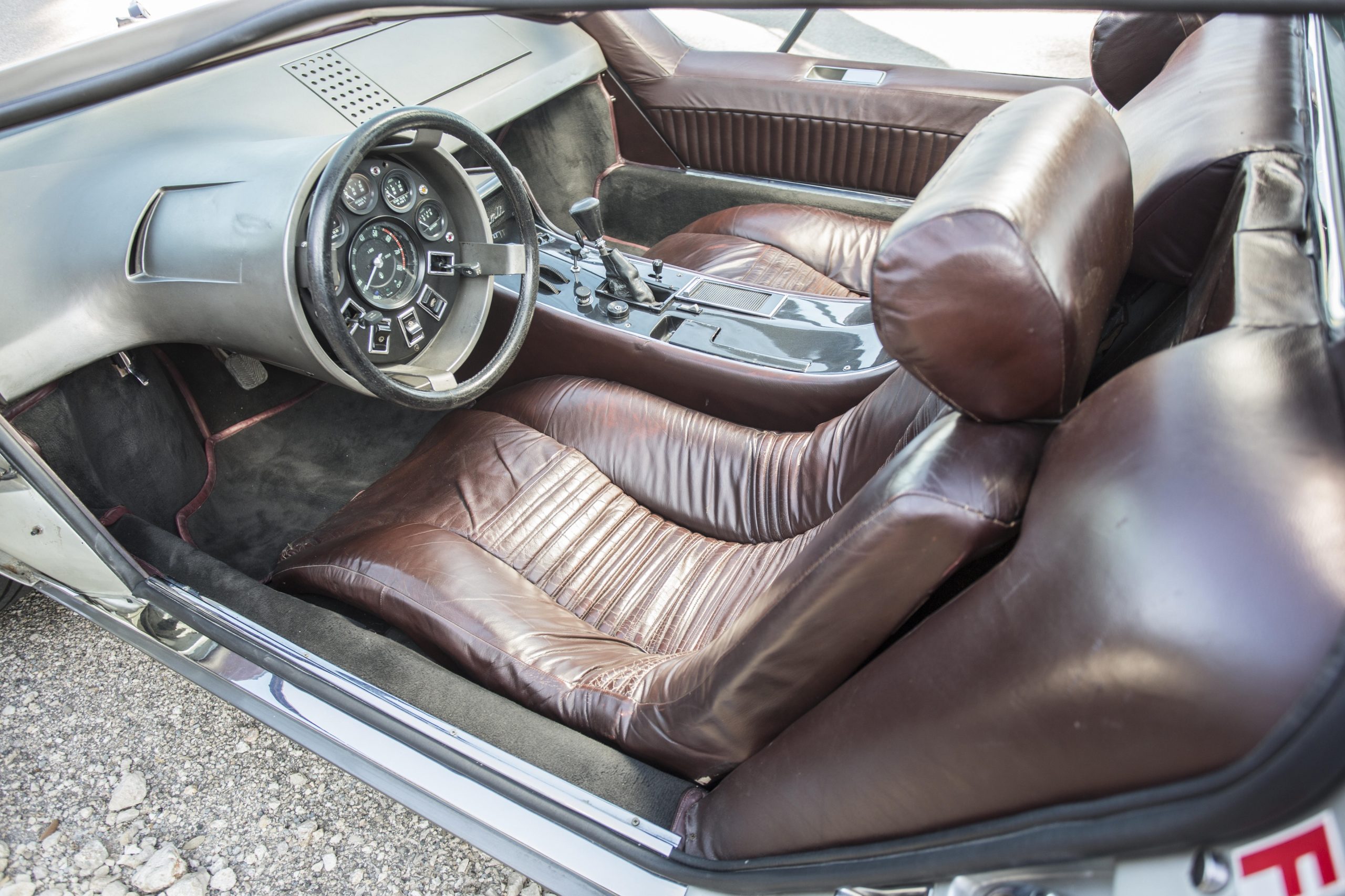
In May 1975, Citroën was no longer able to shoulder the costs of Maserati in a market in crisis, and abruptly left the scene, The Modenese company was saved by the Italian State through GEPI (a holding company owned by state enterprises, whose intended purpose was to assume control of privately owned companies in difficulty and to resell them once restructured) and was entrusted to De Tomaso who relaunched the company with far cheaper models, such as the Biturbo. The magnificent Boomerang was forgotten. It ended up in the Albert Spiess collection, before being sold, in 2015, at Chantilly, for €3,335,000 ($3,774,000).
